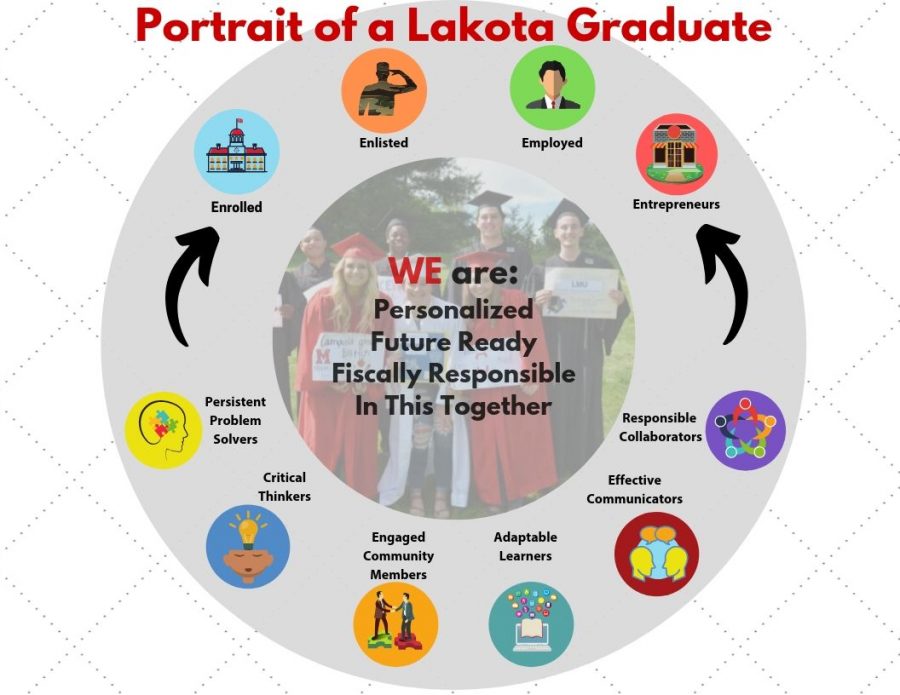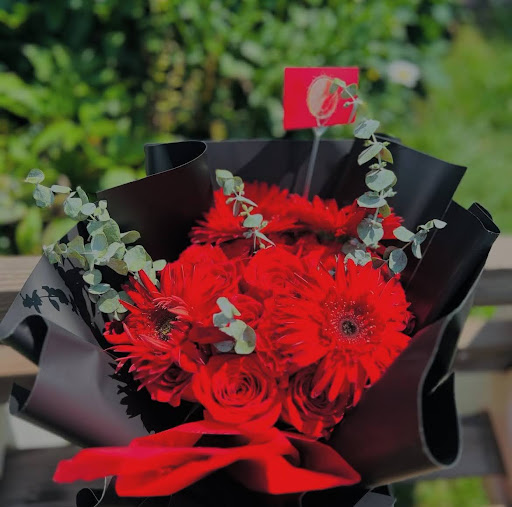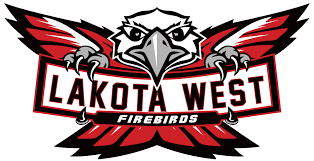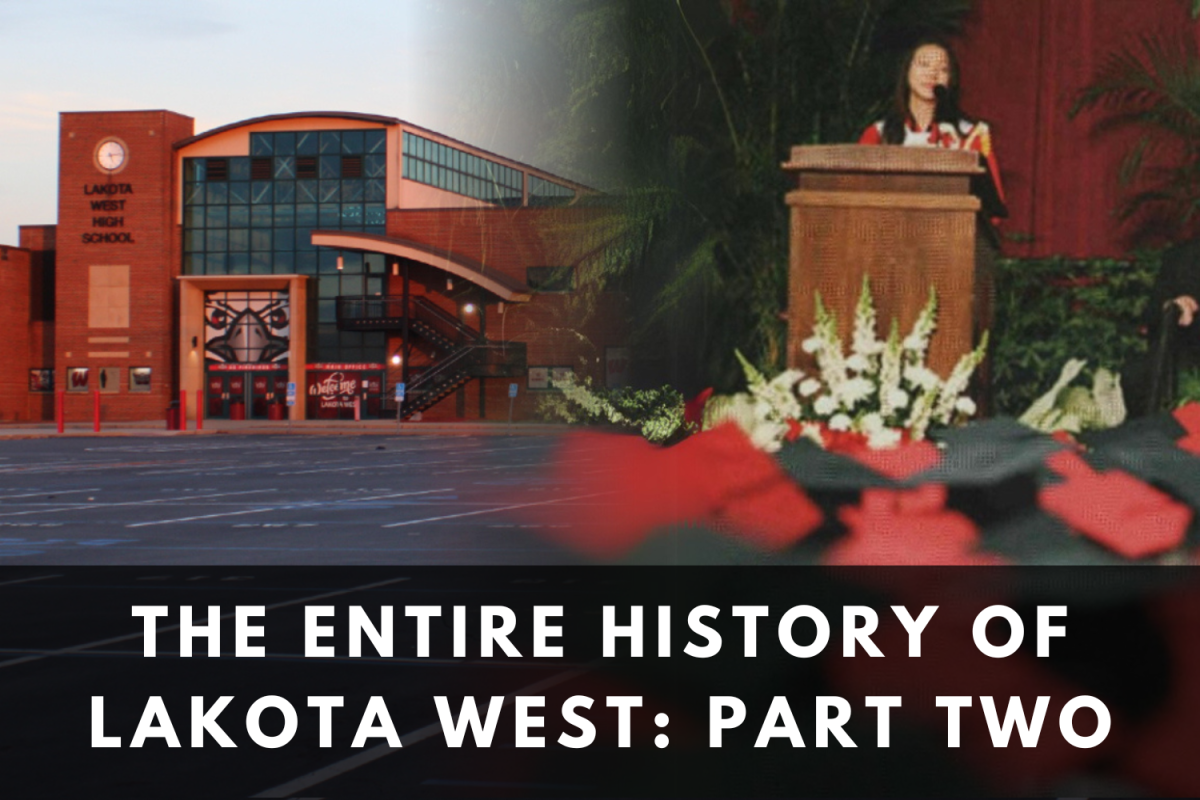From a young age, we as students are taught a set of ‘hidden curriculum’ aside from the academic side of school to prepare us for a future. Not only do schools teach us reading and math, they also instruct us in soft skills, such as time management and creativity. With this in mind, in the fall of 2019, Lakota adopted the Portrait of a Graduate ideology that strives to provides students with a set of strategic characteristics and attributes that will set them up for success. The Portrait is supposed to serve as a “north star” for students to direct them in the right direction of a brighter future.
We reached out to Assistant Director of Instruction, Justin Wilson, to learn more about the portrait of a graduate and his interpretation of what it really means for us students. The idea came about because, “Lakota’s current strategic plan calls for us to continually develop a future ready, student centered learning experience. In order to provide that experience we need to start with the end in mind. Thus, we set out to determine the skills, characteristics, and attributes we want to develop in every Lakota graduate so that they can successfully explore our four Es: Employment, Enrollment, Enlistment, or Entrepreneurship”.
Employment, Enrollment, Enlistment, and Entrepreneurship what he explains are the “Four E’s”. Each of these outcomes Lakota believes that this pertains to be their mission as a district for students to arrive at one of the E’s. Enrollment in college, enlistment in military, employment in workforce, and entrepreneurship.
According to the Portrait, in order to get to one of the E’s, each students must adopt the six characteristics that will certainly set him or her up for success. These characteristics are critical thinking, persistent problem solving, adaptable learning, responsable collaboration, effective communication, and engaged community members. While this can seem overwhelming, you find that it’s in fact not as difficult as it may seem. Lakota has been giving students this ‘hidden curriculum’ for years, so students don’t become overwhelmed with the harsh reality of leaving the school environment to go out in the real world.
How were these characteristics determined? And how do they set us students up for the future? According to Mr. Wilson, “ Over the course of 18 months, we met with hundreds of stakeholders to get their input on that very important question. We held sessions with students, teachers, administrators, business owners, parents, Chamber of Commerce members, elected officials, and even college admissions officers to clarify exactly what would be included in our Portrait. We also utilized resources from Portrait of a Graduate by Battelle for Kids that helps schools curate, curated with on essentials learnings that are not traditionally captured on a high school transcript or standardized test score. We gradually narrowed down the list of desirable skills to six, from which we created the graphic design”.
As mentioned before, Lakota students, through their teachers, schools, and curriculum, are introduced to these skills at an early age without us really knowing. However, it’s for the better of the students that these characteristics are gradually imputed into kids as they move through their academic career and enter the real world.
How does this look for younger children? According to the portrait, elementary schools use this as part of their day-to-day conversations and reflections as an empowering tool for students to think critically, overcome adversity, show empathy and compassion, and to become an overall good citizen.
We have been taught these skills unknowing for years and years. Whether you believe it or not, you have been exposed to these qualities and it’s a matter of how you chose to use them that will set you apart from other students in the direction to one of the four E’s that inevitably everyone ends up at.
However, every year new students will come and go. Thinking about new students who come into Lakota, how might the district implement the Portrait into incoming students who come from different districts who may not instill this ideology into them? Mr. Wilson responded to us with, “The competencies of our Portrait of a Graduate are not tied to a specific course or require specific knowledge that could only be acquired in certain classes. We believe there will not be any large learning ‘gaps’ with these skills and that new students will begin to develop them naturally as they are embedded in all their Lakota classes”.
Lakota has researched and tested the ideology of the Portrait of a Graduate, and it found that it in fact works for the majority of students that are enrolled in the district. The Portrait overall gives us students an advantage over others by teaching us the strategic skills and characteristics needed early on to prepare us for the inevitable future that everyone must face.








Mike Gedeon • Nov 19, 2020 at 3:35 pm
Phenomenal article about and extraordinary program.